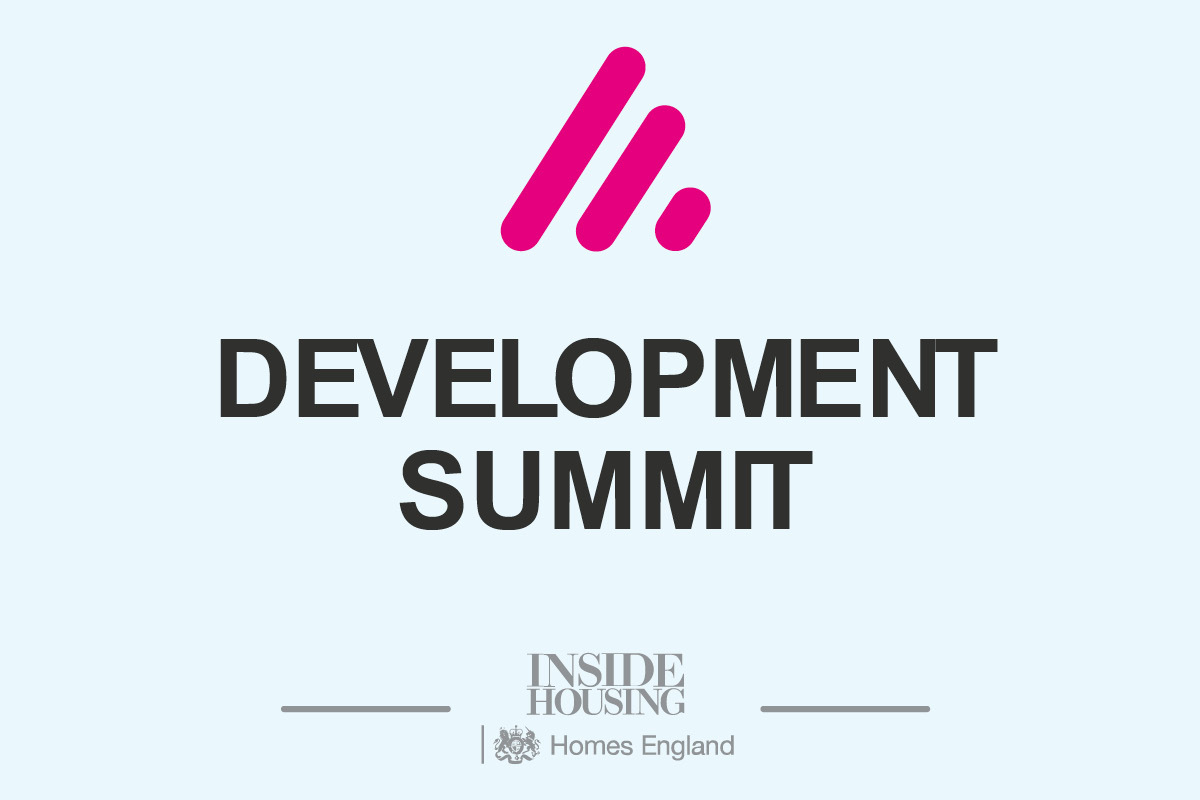You are viewing 1 of your 1 free articles
The place that COVID built
The housing sector is at the core of changes to the way we live and work. Only by fully understanding their potential impact can we build successful places, writes Joe Sarling
With the light at the end of the tunnel hopefully now in sight for the coronavirus pandemic and our focus turning to economic recovery, the big question is: what does the future hold?
With so much having changed over the past 18 months, figuring out which changes to how we live and work will stay with us and which will be consigned to history is an engrossing and important discussion for all those involved in shaping the built environment.
The decision to protect public health by encouraging people to stay at home as much as possible was always going to have an unprecedented impact on our economy.
“I want to discuss the pandemic changes we would want to keep and in what proportion”
But it also started a large natural experiment: could working from home actually work? Are people living in the right homes? Which places have proven more successful with their local communities? Is this the end of the office? What does this mean for the housing market?
To be in a position to discuss changes of this magnitude and their impact on the housing market is a privilege, this is why I am excited to chair ‘The place that COVID built’ session at next week’s Development Summit.
These are the key points we need to consider.
First, we must let go of absolutes. People, offices and cities have bounced back from pandemics in the past and it’s highly unlikely that they won’t do so again. I want to discuss the pandemic changes we would want to keep and in what proportion.
Second, we must distinguish new trends from old ones. Video calls have existed for the good part of the past 20 years, but it’s only in the past year that they have really taken off. Now they have been tested at scale, do they pose a threat to the daily commute to the office? If new ways of working change our relationship to our place of work, what impact does that have on the places we live in?
Third, we must discriminate between permanent changes and temporary ones. Say “the race for space”, the housing market buzzword to describe a rise in demand (and price) for larger properties with outdoor space. Come to think of it, I can name few people who would willingly move to smaller properties with less outdoor space. Could this new housing trend be more prominent now because demand in other segments of the market (ie city centre flats) has been more subdued?
The housing sector finds itself at the core of these trends and changes – new and old, permanent, and temporary. Only by fully understanding them and their potential impact, can we shape the homes we build, the places we plan and the way we work for the years to come.
Joe Sarling, head of research and analysis, Homes England
To sign up to ‘The place that COVID built’ and other sessions that will take place at the Inside Housing Development Summit, please click here.
Sign up to our Development Summit
Amid the housing crisis and with increasing demands on local authorities, developers and housing associations to deliver more homes, the Inside Housing and Homes England Development Summit brings together the public and private sector to collaborate towards the effective delivery of homes across England.
This is not a conference. It is a business meeting of decision-makers on delivery and how to build more quality homes.
To find out more, click here.











